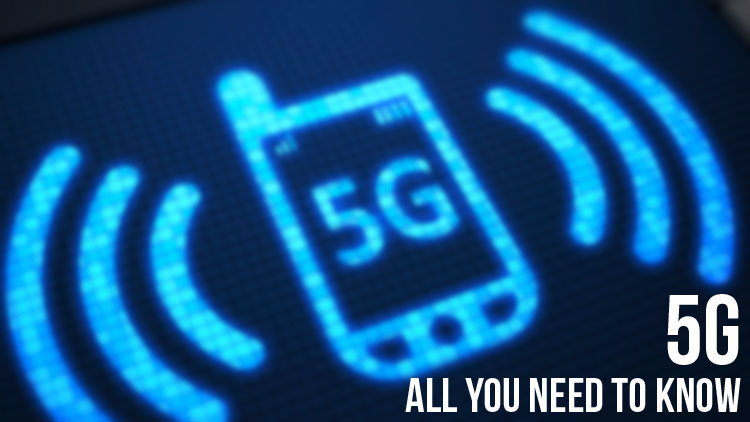
5G will be available next year. Are you excited about it? Do you know what 5G is and how it’s going to be different than 4G which we have been using for quite some now? Here’s all you need to know about 5G.
I still remember the time when I first bought a phone that supported 3G. I was amazed by how fast it was and as time went by, it was not enough. The devices changed. The needs changed. Everything got bigger and better and so did the network specifications. Here I am sitting with my OnePlus 3 with 4G and VoLTE. Necessity is the mother of invention – one of the most favorite proverbs of all time. The needs of the people are changing with every passing second and new inventions are happening every single day. Now, we are on the verge of another great change – 4G to 5G. Although it will not be available till 2020, a lot of major corporations are investing huge amounts of money to be prepared for the next big thing when it makes its debut.
What is 5G?
As we already said above, 5G is not expected to debut until 2020 which is still a couple of years away. William Webb, the author of The 5G Myth and the CTO at OpenSignal, said that “with 5G specifications unlikely to be finished before 2018 at the earliest, that means anything deployed before around 2020 will be pre-specification and hence not guaranteed to be aligned with 5G.” So, any specification that is made available before that time period is merely pre-specs and are not the final 5G specs. So, until then there won’t be any need for the ‘true 5G’ / ‘fake 5G’ argument.
On the other side, according to the Groupe Speciale Mobile Association (GSMA),
- One to 10Gbps connections to endpoints in the field.
- One millisecond end-to-end round-trip delay.
- 1000x bandwidth per unit area.
- 10 to 100x number of connected devices.
- (Perception of) 99.999 percent availability.
- (Perception of) 100 percent coverage.
- 90 percent reduction in network energy usage.
- Up to ten-year battery life for low power, machine-type devices.
Below are some of the most important improvements that we can expect from 5G over 4G.
Related Post: Find Out Who is Stealing Your WiFi Data and Block Them on Android
Speed
Theoretically, the maximum speed of 5G networks will be around 100 Gbps (yeah, that’s right) and the minimum speed will be around 1 Gbps! *silently cries in 100 Mbps* It is important here to note that the theoretical speed maximum speed of the 4G network is just 1Gbps. So, it is expected that 5G will be ten times faster than the 4G at the very least. Hooray!
Latency
In simple words, latency can be defined as the delay before a transfer of data begins following an instruction for its transfer. With respect to network communication, it can be understood as the delay between the actual transfer of data and the time when the data transfer request is placed by the user. Currently, 4G has a latency of 40ms-60ms and 5G is expected to have 5X lesser latency than that.
Capacity
The spectrum used by 4G-LTE is already pretty crowded and there is a lot of competition for whatever’s left. Since 5G will be utilizing high-frequency spectrums, the data carrying capacity will be exponentially higher.
Targeted Data Delivery
The existing antennas send out data equally in all directions. The upcoming 5G is supposed to make use of a method called ‘beamforming’ in which an access point uses multiple antennas to send out the same signal. In other words, 5G compatible antennas will be able to send out the same data from different points to a particular area (an area where it is required the most).
Don’t miss: How to Repair Corrupted MicroSD Cards without Losing Data
Are you ready for 5G?
Even though we are a couple of years away from experiencing 5G, it has already started generating the hype. The day where 4K videos play as if they just 360p videos are not very far. We can only imagine the kind of possibilities that are going to open up with the introduction of 5G. What are your views on 5G? Let us know in the comments below!



Join The Discussion: